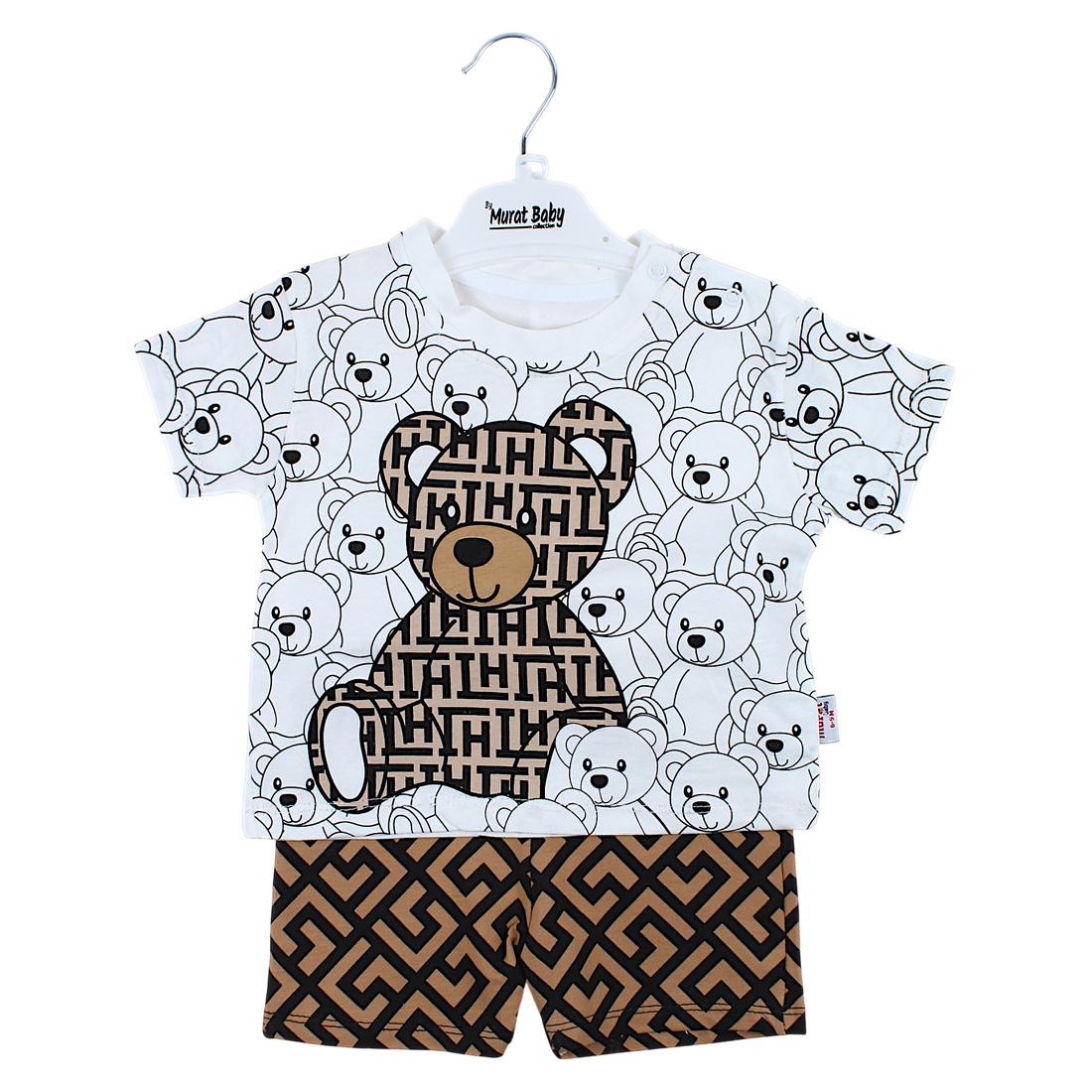Growth charts are a tool used by parents and professionals to monitor a child's growth and development. They can be used to compare a child's weight, height, and head circumference to the norms for their age and gender. In this article, you will learn what growth charts are, how to read them, and what the norms are. Understanding this information will help you better understand your child's development and take appropriate steps if necessary.
What are Percentile Charts?
Growth charts are statistical graphs showing the distribution of various growth parameters of children in the population. They are created based on data from large research groups and reflect how most children grow at specific times in life. Each growth chart divides the population of children into 100 parts (percentiles), which allows you to assess in which range a given child falls.
Main Parameters on Percentile Charts:
- Height – the child’s height measured in centimeters.
- Body weight – the weight of the child measured in kilograms.
- Head Circumference – measurement of head circumference, important for assessing brain development.
How to Read Percentile Charts?
Reading a growth chart involves placing the values for a child's height, weight or head circumference on the appropriate axis and identifying which growth chart percentile a given value belongs to.
Step by Step:
- Collect data: Measure your child's height, weight, and head circumference.
- Find the right chart: Make sure you are using the correct chart for your child's age and gender.
- Place the data on a graph: The horizontal axis (x) shows the child's age, and the vertical axis (y) shows the measured parameter (height, weight, head circumference).
- Read Percentile: Once you place a point on the chart, see which percentile that value falls in.
Example:
If 6-month-old boys have an average height of 68 cm and your baby is 70 cm, then he is above the 50th percentile (average).
Norms on Percentile Charts
The norms on the percentile charts are based on studies conducted by the World Health Organization (WHO) or other health institutions. Here are the general norms for the weight and height of infants in the first year of life:
Growth:
- Newborn: Average height is about 50 cm.
- 3 months: Average growth is about 60 cm.
- 6 months: Average height is approximately 66 cm.
- 12 months: Average height is approximately 75 cm.
Body Weight:
- Newborn: Average weight is about 3.5 kg.
- 3 months: Average weight is about 6 kg.
- 6 months: Average weight is about 7.5 kg.
- 12 months: Average weight is about 10 kg.
Head Circumference:
- Newborn: Average head circumference is approximately 34 cm.
- 12 months: Average head circumference is approximately 46 cm.
The Importance of Percentile Charts
Growth charts are an important tool for monitoring a child's health and development. They help to:
- Early detection of health problems: Underweight, overweight, delayed growth may indicate health problems that require intervention.
- Tracking development progress: Regular measurements allow you to assess whether your child is developing normally.
- Comparison with population norms: This allows parents to better understand how their child compares to other children of the same age and gender.
Limitations of Percentile Charts
Although growth charts are a valuable tool, they have their limitations:
- Individual Differences: Every child is different and may develop at his or her own unique pace.
- Culture and environment: Norms may vary across populations, and environmental factors can influence height and weight.
- Clinical application: Growth charts should be used as one of the tools in assessing a child's health, not as the sole determinant.
How to Support Healthy Weight Gain in Your Baby?
To ensure healthy weight gain for their child, parents can take the following steps:
- Breastfeeding: Breast milk provides essential nutrients and antibodies.
- Regular feeding: Ensure your baby is fed on demand to support natural weight gain.
- Introducing Solid Foods: As recommended by your healthcare professional, introduce appropriate foods to support continued development.
- Regular visits to your pediatrician: Monitoring your child's height and weight allows for early detection of any problems.
- Healthy maternal diet: If your baby is breastfed, ensure that they eat a balanced diet to ensure the quality of their milk.
Summary
Growth charts are an invaluable tool for monitoring a child's growth and development. They allow parents and specialists to assess whether a child is growing properly and whether their weight gain is within the norms for their age and gender. Remember, however, that every child is unique, and growth charts should be used as one tool in a comprehensive assessment of a child's health. Regular measurements and consultations with a pediatrician will help you ensure that your little one develops healthily and happily.
























